※※Building a Medical Imaging Platform for Imaging Professionals※※
◎Making Learning a Habit◎Making Knowledge a Connotation
◎Making Professionalism a Communication◎Let Us Become Friends for Life
※※※※※※※※※※※※※※※※※※※※※
Clinical manifestations:
1. Short tubular bones thickened, long tubular bones thickened and elongated, with multiple osteochondromas appearing with age;
2. Craniofacial bone deformities, localized protrusions appearing as osteoma-like outward growth;
3. Excessive growth of vertebral bodies leading to irregular morphology and scoliosis;
4. Hypertrophic changes may also occur in the ribs and scapula;
5. Soft tissue changes: multiple subcutaneous tumors, tumors without defined borders.
Proteus Syndrome – Diagnostic Criteria
In 1989 and 1994, the diagnostic criteria for “Proteus syndrome” were revised by the Walter Reed Army Medical Center and Stanford University School of Medicine in the USA. Based on the clinical manifestations of the disease, six diagnostic criteria were proposed and quantified with scores: ① Unilateral hypertrophy and/or macrodactyly 5.0 points; ② Plantar and/or palmar gyriform hyperplasia 4.0 points; ③ Lipomas and other subcutaneous tumors 4.0 points; ④ Verrucous nevi (epidermal nevi/sebaceous nevi) 3.0 points; ⑤ Macrocephaly and/or multiple exostoses of the skull 2.5 points; ⑥ Other minor anomalies 1.0 point. A total score of ≥13 points from the above six items can confirm the diagnosis of “Proteus syndrome.”
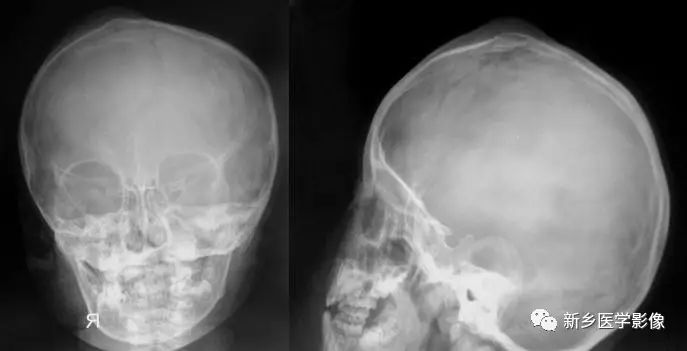

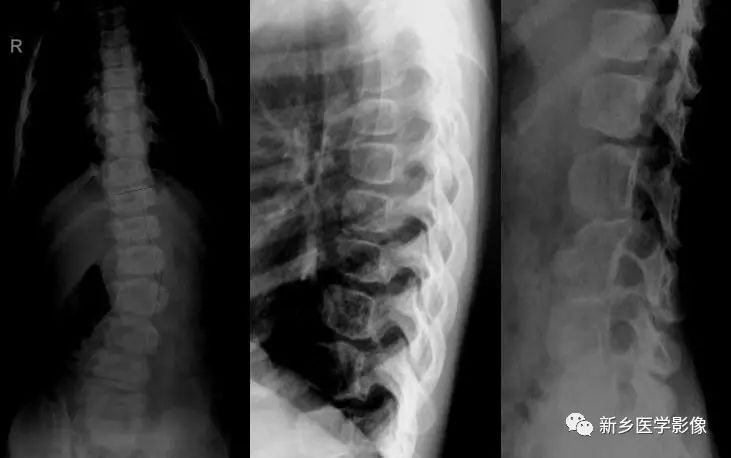
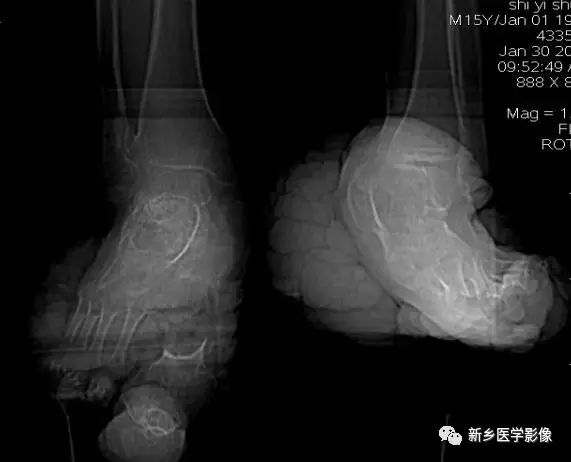
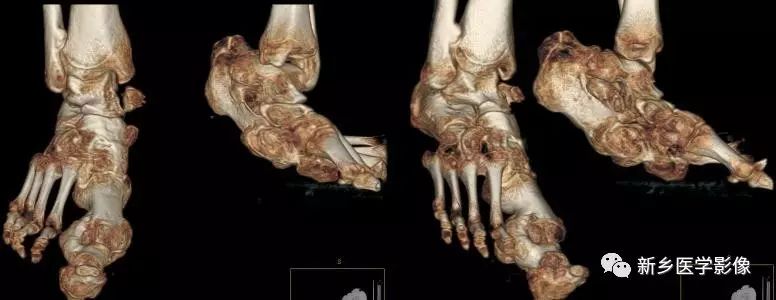
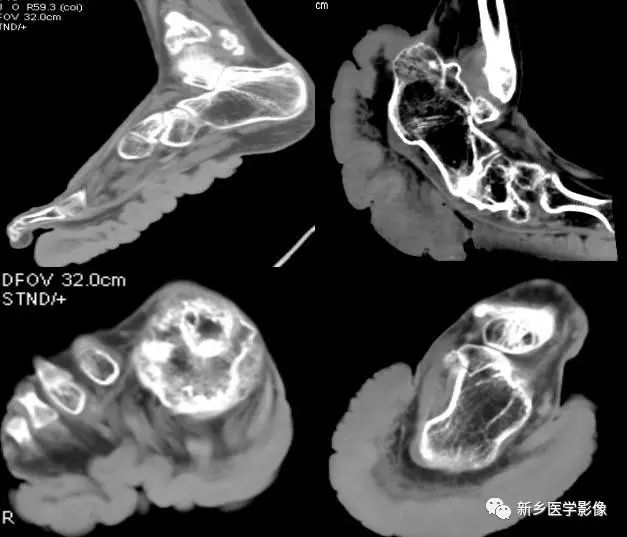
This WeChat platform belongs to a personal public welfare medical imaging learning platform. All articles reprinted on this WeChat are for the purpose of conveying more information and clearly indicate the source and author. All reprinted videos are for grassroots teaching use and clearly indicate the name of the teaching expert. If the original authors and teachers do not wish to be reprinted, they can contact us, and we will immediately delete them.
